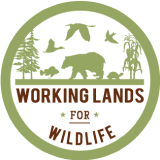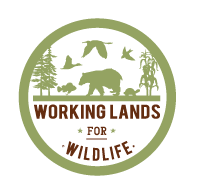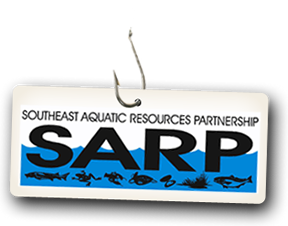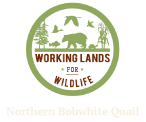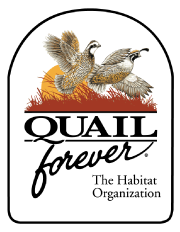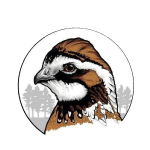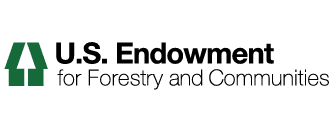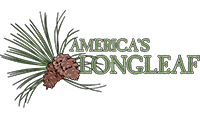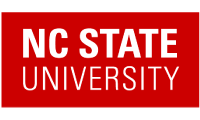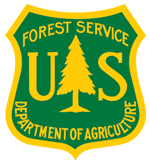Videos
Fire in Wetlands: Fire Ecology and Prescribed Fire Tactics
The following webinar provides insight on prescribed fire tactics in wetland ecosystems. Developed by the Southern Fire Exchange, the Ocala National Forest and the University of Florida.
SFE Webinar: Introduction to the SE FireMap 1.0 - A New Tool to Map Fires Across the South
The SE FireMap 1.0 is a new fire mapping system for the Southeastern United States. Developed with funding provided by the USDA NRCS, SE FireMap uses a remote sensing-based approach to track both prescribed fire and wildfire activity on public and private lands across the range of the longleaf pine.
National Association of State Foresters Weekly Newsletter March 12 2021
Forest & fire news from 34 states and beyond.
Prescribed Burning Multimedia
We'll be storing images and non-training videos here to be shared. Any content posted here is free from copyright infringement concerns and can be shared for educational or other purposes including to create brochures, slide presentations, webinars, etc. Training videos can be found under the Training tab on Wildland Fire.
GTMNERR Community Oyster Shell Recycling and Living Reef Construction Project
This project established an oyster shell recycling program for St. Johns County, Florida, constructed a living shoreline, and planted spartina grass within the boundaries of the new reef to further protect the shoreline and provide nursery habitat for marine species at the Guana Tolomato Matanzas National Estuarine Research Reserve.
Harpeth River Restoration
As part of a jointly funded project via the National Fish Passage Program, the totality of this project is removing a lowhead dam and restoring the immediate area to riffle/run habitat for the benefit of improved water quality and native fish habitat in the Harpeth River, TN.
Videos, podcasts, multimedia
Browse training resources that you can watch, listen to, and explore online about wildland fire and prescribed burning
Introducing Burner Bob - A Cool Dude with a Hot Message!
Burner Bob - A Cool Dude with a Hot Message!
Igniting Inspiration for Women in Fire
If our use of fire for managing lands is to improve and expand in the United States, it will need to involve more women and diverse perspectives. Thanks to programs like Women-in-Fire Prescribed Fire Training Exchanges (WTREX), more women are participating in and leading controlled burns.
Fighting Fire with Fire: Can Fire Positively Impact an Ecosystem?
Wildfires occur naturally when lightning strikes a forest or grassland. Alternatively, controlled burns, also known as prescribed fires, are set by land managers and conservationists to mimic the effects of natural fires.
Videos, podcasts, multimedia
Browse training resources that you can watch, listen to, and explore online about wildland fire and prescribed burning
Chesapeake Bay Brook Trout Assessment
To effectively manage vital freshwater resources across large geographic areas, resource managers need the capacity to assess the status of aquatic species, their habitats, and the threats they face. This on-line decision support tool provides that capability for Eastern brook trout across the Chesapeake Bay watershed. The tool allows users to characterize current and and potential future aquatic conditions, target and prescribe restoration and conservation actions, set strategic priorities, evaluate management efforts, and support science-based sustainable management plans on behalf of brook trout and associated species. The tool is accompanied by a user-friendly summary report and a technical report providing details on how the tool was created.
Salt marsh Habitat and Avian Research Program (SHARP)
A collaborative effort to assess risks and set response priorities for tidal-marsh dependent bird species from Virginia to maritime Canada.
